Vinyl Siding
Vinyl Siding is one of the best ways to make your home more comfortable and save money on utility costs. You can quickly improve energy efficiency by installing insulation. But insulating the wall cavities and ceilings of your home isn’t always enough. Heat can escape through the wall studs and other framings, wasting energy and money through a phenomenon known as the “thermal bridging” effect. By cladding the exterior of your home with insulated siding, however, you can further reduce heat loss and improve your home’s curb appeal. Insulated siding certified through the VSI Product Certification Program will increase your home’s energy efficiency and maintain your home’s beauty and durability over time.
Benefits fo Vinyl Siding
Vinyl and other polymeric sidings, including insulated siding, are each certified and independently verified to meet or exceed different quality standards and performance characteristics.
In extreme weather events, vinyl siding is tested to withstand winds of 110 mph. Vinyl siding will withstand the hottest summers and sub-zero winters.
Protects against color fade, because certified products come with another level of assurance when certified for color retention.
Protects against rot and decay. Polymer-based sidings do not absorb water, and their rain screening design does not trap water behind the siding. Fiber-based products may disintegrate over time when moisture penetrates the plank.
Insulated siding blankets your home in continuous insulation which fights heat loss through the framing lumber.
Why is vinyl siding still the #1 exterior cladding in the U.S. and Canada? Because it’s more than durable, it’s reliable. Most vinyl siding manufacturers back their products with straight-forward warranties — and most offer a lifetime warranty for the original owner and typically carry a prorated warranty of at least 50 years to subsequent owners.
Energy Efficient Vinyl Siding
Insulated siding can improve a home’s energy efficiency. Most exterior walls have insulation between the wall studs but allow significant energy loss. Wall studs (wood and metal) are poor insulators — when they come in contact with the exterior cladding, they allow heat to pass through them (known as a thermal bridge). Because these studs represent up to 25 percent of the wall surface of an average home, it’s like having an entire exterior wall with no insulation at all.
Insulated siding improves energy efficiency by reducing thermal bridging. Like a blanket, the siding acts as continuous insulation over the studs, which helps homes stay cool in summer and warm in winter. Insulated siding is also available as a single course and in several deep reveals for exceptional aesthetics. Its rigid foam insulation is laminated or permanently attached to the panel.
Warranty:
We stand by our work with a 3-year warranty on workmanship in addition to the manufacturers warranties.
“Vinyl siding is still the #1 exterior cladding in the U.S. and Canada because it’s more than durable, it’s reliable.”
Benefits fo Vinyl Siding
For all the beauty and durability vinyl siding delivers, homeowners often appreciate its low total installed cost. Vinyl siding is often more economical than all other exterior cladding and backed by most manufacturers with a lifetime warranty. Vinyl siding is also inexpensive to maintain because it never needs painting, caulking, or re-pointing; periodic cleaning requires nothing more than a soapy sponge and water. Vinyl and insulated siding consistently rank among the highest returns on investment for remodeling projects

